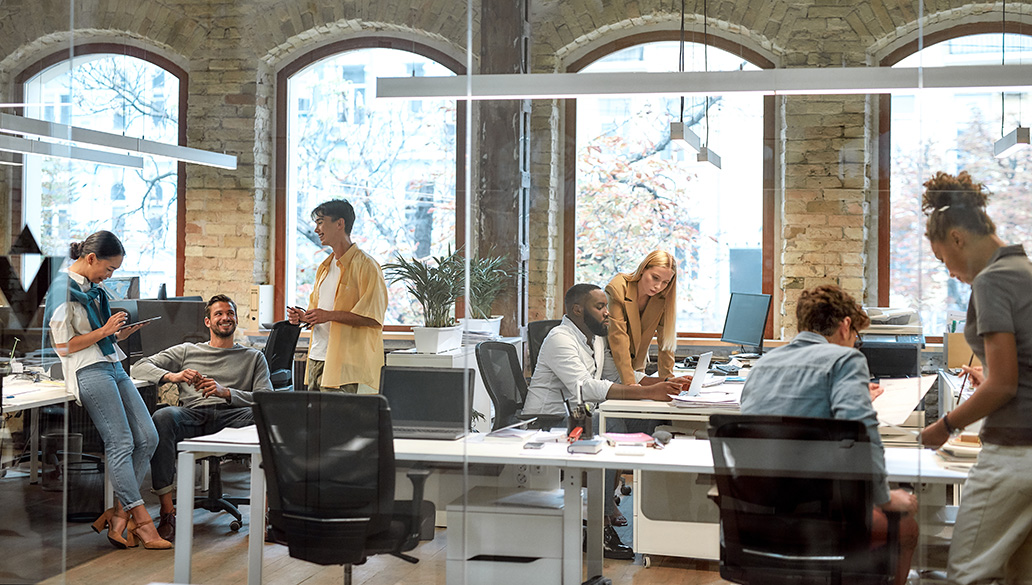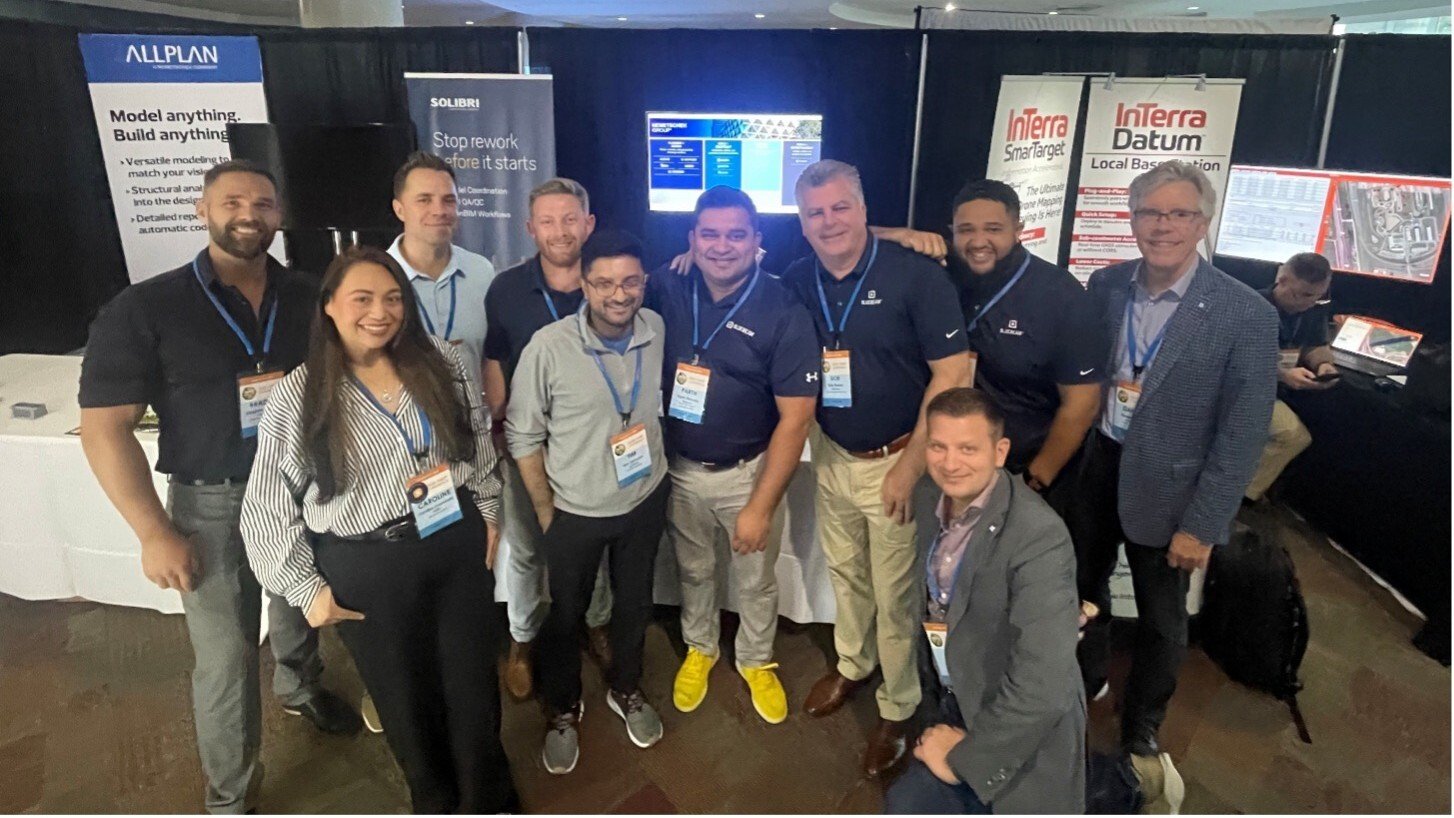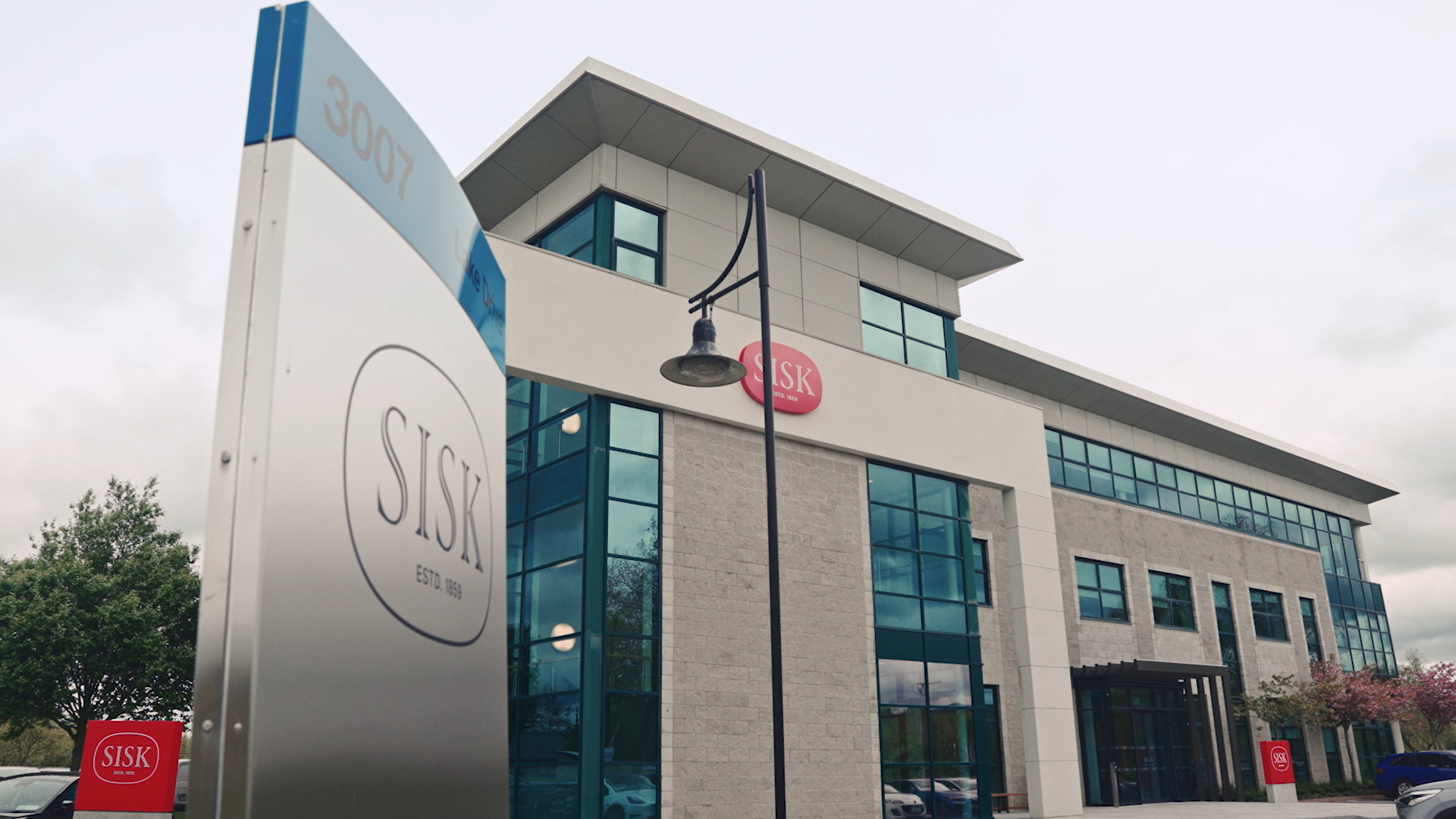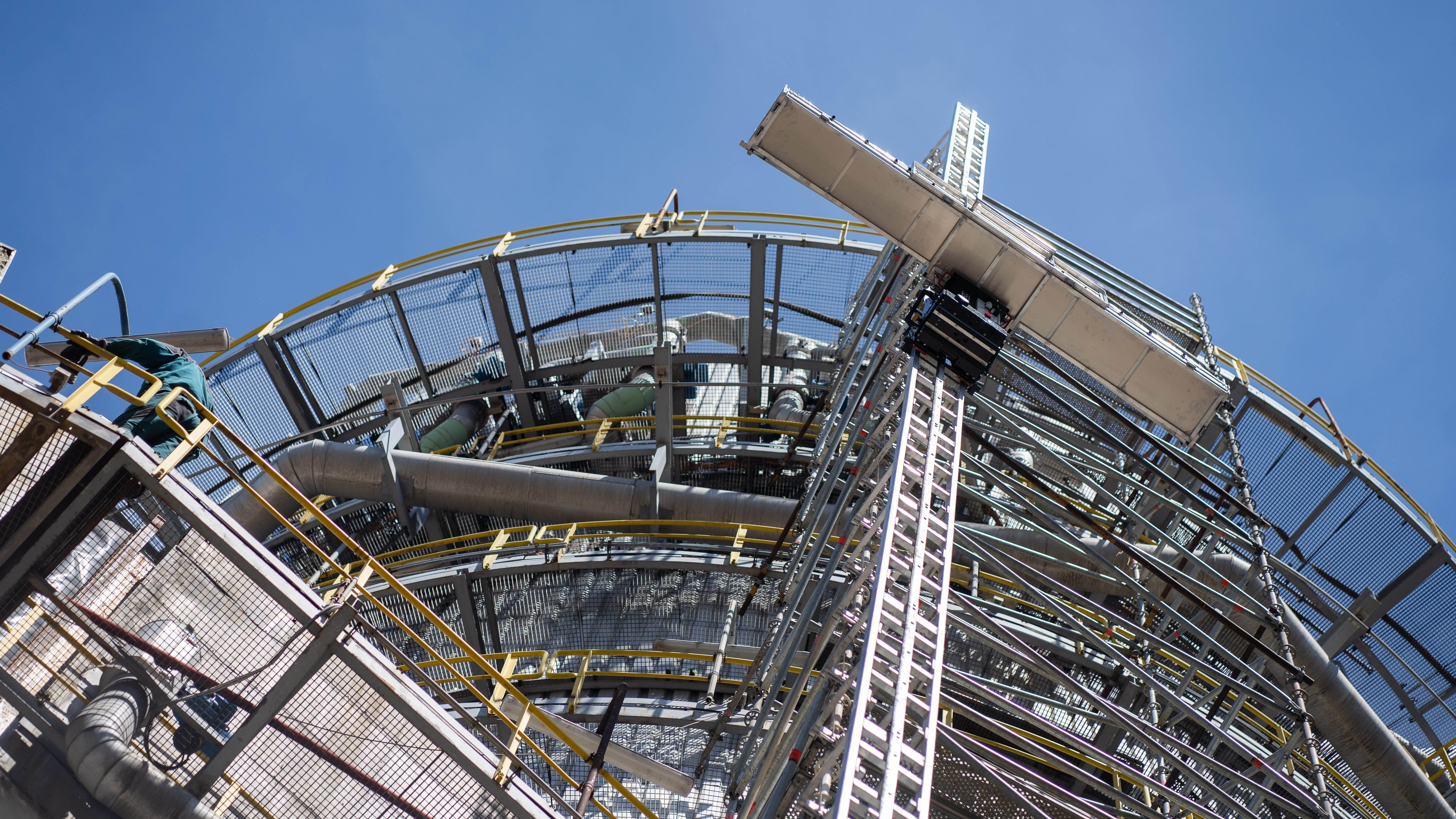New Work: Running Offices Becomes Like Driving a Car
Today, office managers face enormous uncertainties, such as the daily occupancy of the office, the changing ways of working and the expectations of their employees.
Author
Carlo Van Der Steen
is Senior Vice President Direct Sales and supports Spacewell’s clients and partners with proven technology solutions, clear value focus and 20 years of experience in all areas of facility management and real estate projects.
This article belongs to the collection Smart Building
To the topic pageIn today's times, office managers around the world are confronted with enormous uncertainties: How many people will work in the office, at what times and what will they be doing there? Also, what do the employees expect from their office environment? Following the massive remote work “experiment” caused by the pandemic, most employees now want the option to work from home at least part of the time. And especially at the high end of the labor market, employees have never had more leverage than today. But this also comes with challenges: social interaction is not well supported in a remote working environment. In particular, on-the-job learning and the onboarding of new employees becomes more difficult without in-person interaction with colleagues.
An office, which is deliberately designed as a place for social interaction, could alleviate this difficulty, whereas, for example, work that requires concentration could in many cases just as easily be done from home. This would mean designing an activity-based office adapted to the work, tasks and the employees. To promote social exchange, the office of the future will need fewer individual offices, but more space for collaboration and social interaction. Desk sharing, supported by user-friendly tech tools will increase. However, as Leesman points out in ‘The Home Stretch’, to think that employees won’t need spaces for some individual, focused work on a day when they are in the office for a meeting is risky. Offices that employees will want to come to will need to support both individual and collaborative work.
Hybrid As a long-term Option
As a result, many companies are assessing the implications of a ‘hybrid workplace’ as a long-term option. They are increasingly shifting to flexible seating arrangements and are reconfiguring their workspaces to accommodate new ways of working. In doing so, they need insight into how much space is still needed and what types of space and amenities they should provide going forward. To make decisions with confidence, organizations can no longer rely on disparate, incomplete, and disconnected utilization data. They need more granular and connected data, advanced analytics, and powerful data visualization tools for a digital change. And to successfully run and service a flexible workplace with a distributed workforce, businesses need real-time data, too.
Running an office becomes more like driving a car. You expect your car’s engine computer to monitor and control all essential functions in real time. And even to adapt to changing conditions and your own driving patterns. You also want live information on speed, lights, fuel, etc. And you expect to get an alert as soon as anything is malfunctioning or when a risk emerges (low temperatures and risk of slippage, for example). This is precisely the type of live data and digital tools that a facility manager in a flexible workplace requires as well, so that they can act on information as it happens. Even more importantly, real-time data helps employees smoothly navigate the complexities of a hybrid workplace and have a productive workday.
Opportunities and Impact of IoT-related Technologies
Even before the pandemic, the rise of coworking spaces, the explosion of the Internet of Things (IoT), and growing awareness of the potential of machine learning and artificial intelligence for transforming workflows were already driving speculation about the future of building and the digital change of workplace management. These advancements, along with the benefits they bring in terms of flexibility and efficiency, rest on a backbone of connected software tools, that independent research company Verdantix calls CPIP: Connected Portfolio Intelligence Platform. Such a software platform captures Smart Buildings data and transforms it into actionable information, often through automated processes.
The workplace can uniquely benefit from the ability of IoT sensors and devices to bring in near-real-time data. Coupled with powerful analytics, this enables facility managers and companies to gain better insights and create smarter workflows and to shape the digital change of their workspace. Occupancy, utilization, and space efficiency can be optimized, indoor air quality monitored and health and vitality improved. Also, the energy efficiency can be increased, and the overall efficiency of facility service management improved.
This does not only relate to office buildings. A workplace can be an office, but just as well a hospital floor, an airport, or a warehouse – in short, any type of facility where work gets done or services are delivered. All these workplaces will need to adapt to the new way of working and provide more attractive spaces that are fit for purpose.





